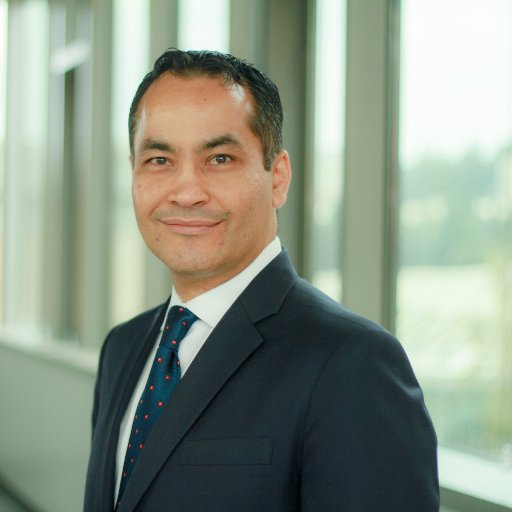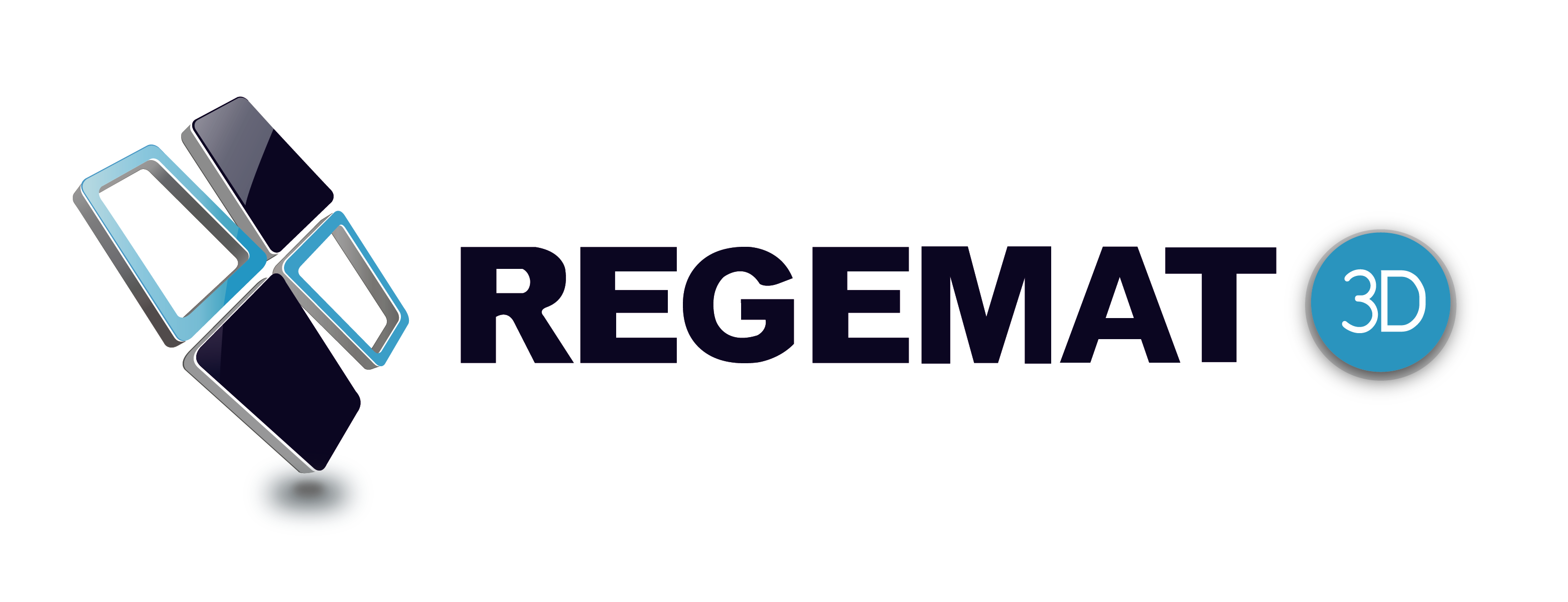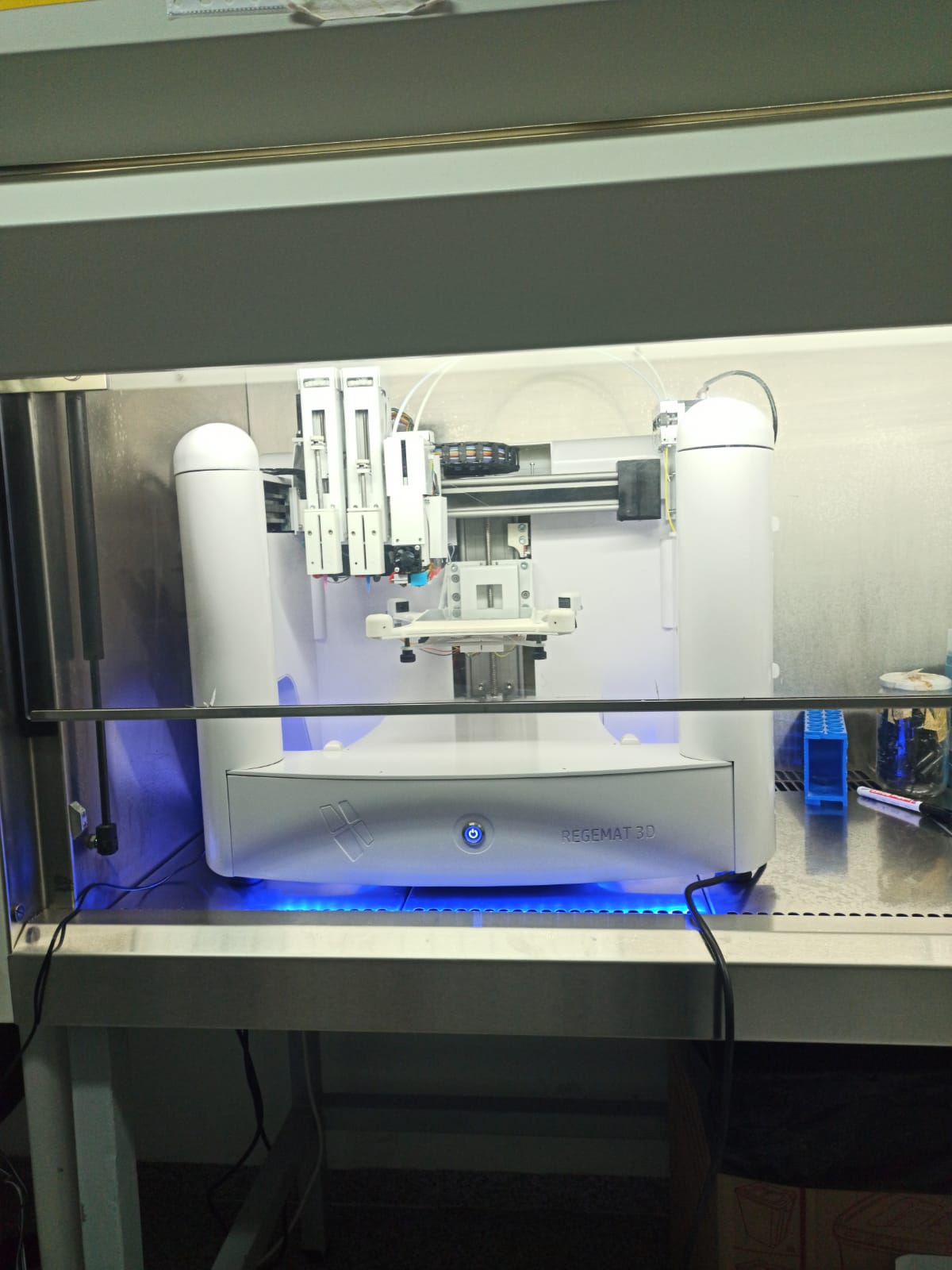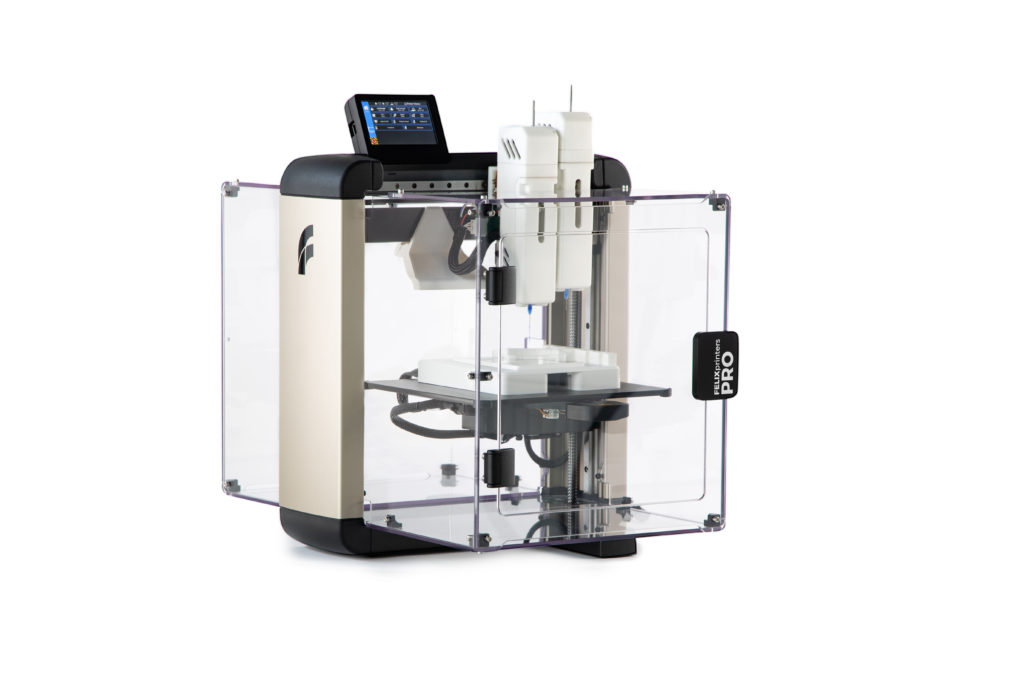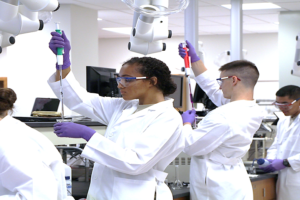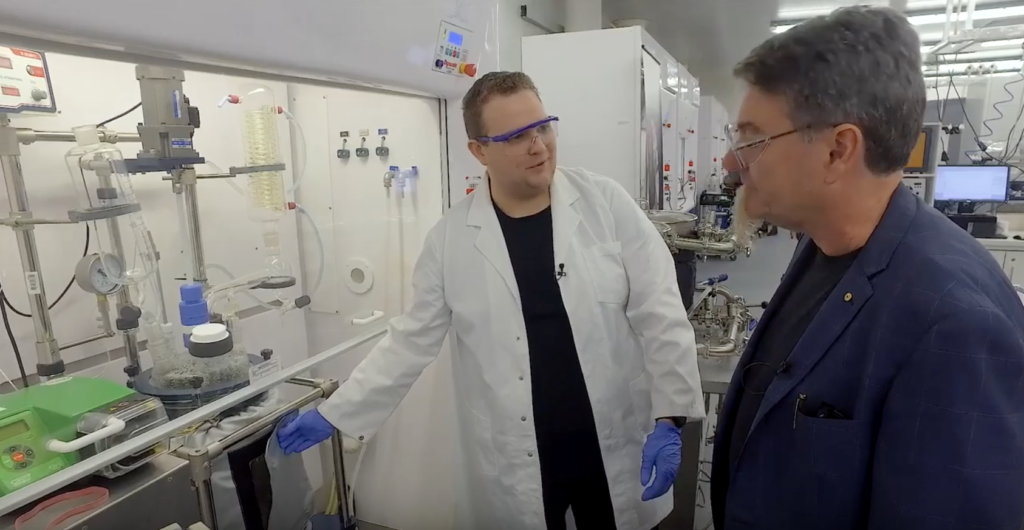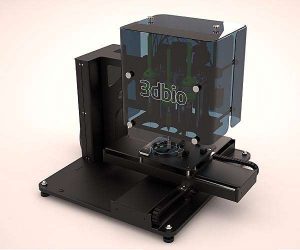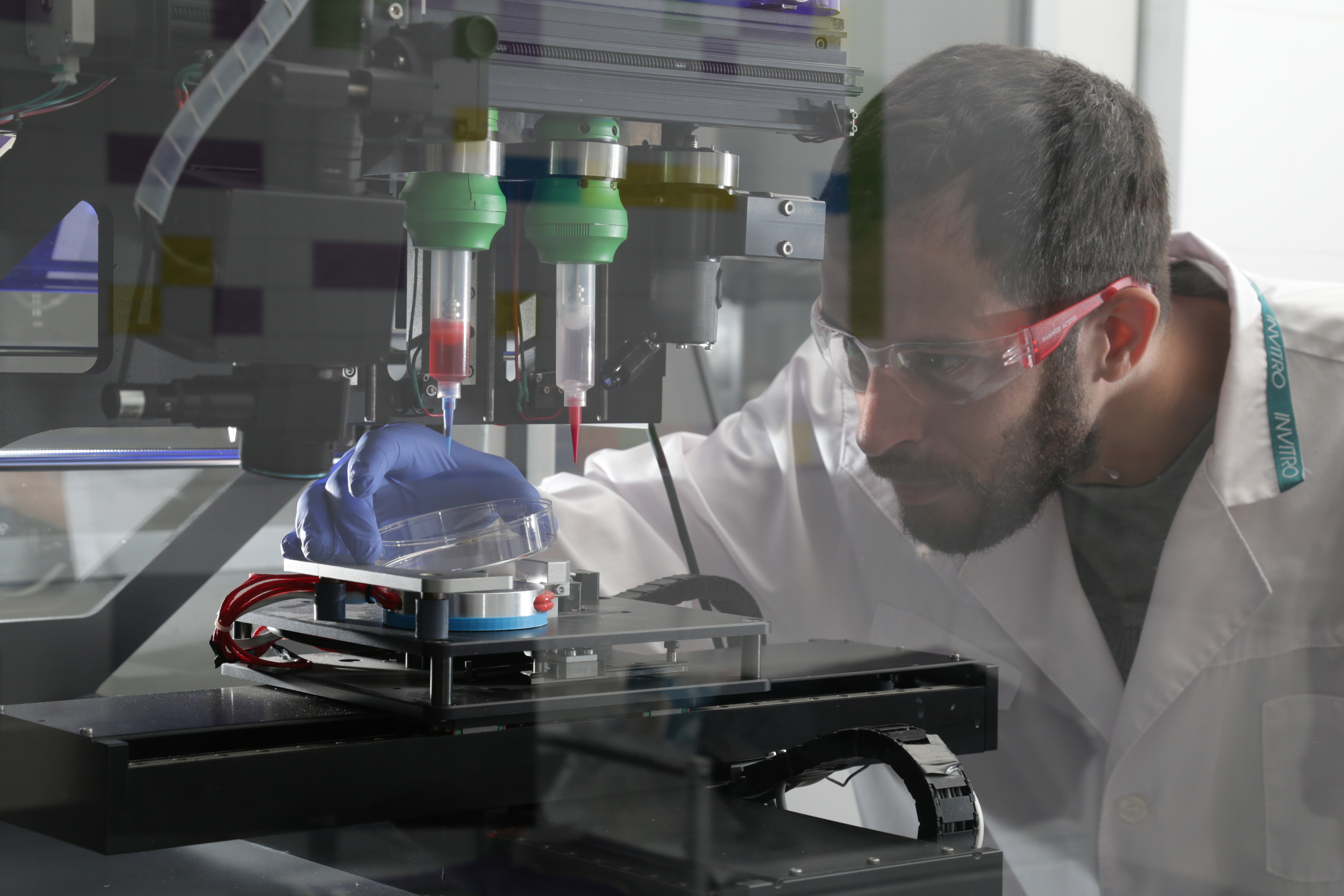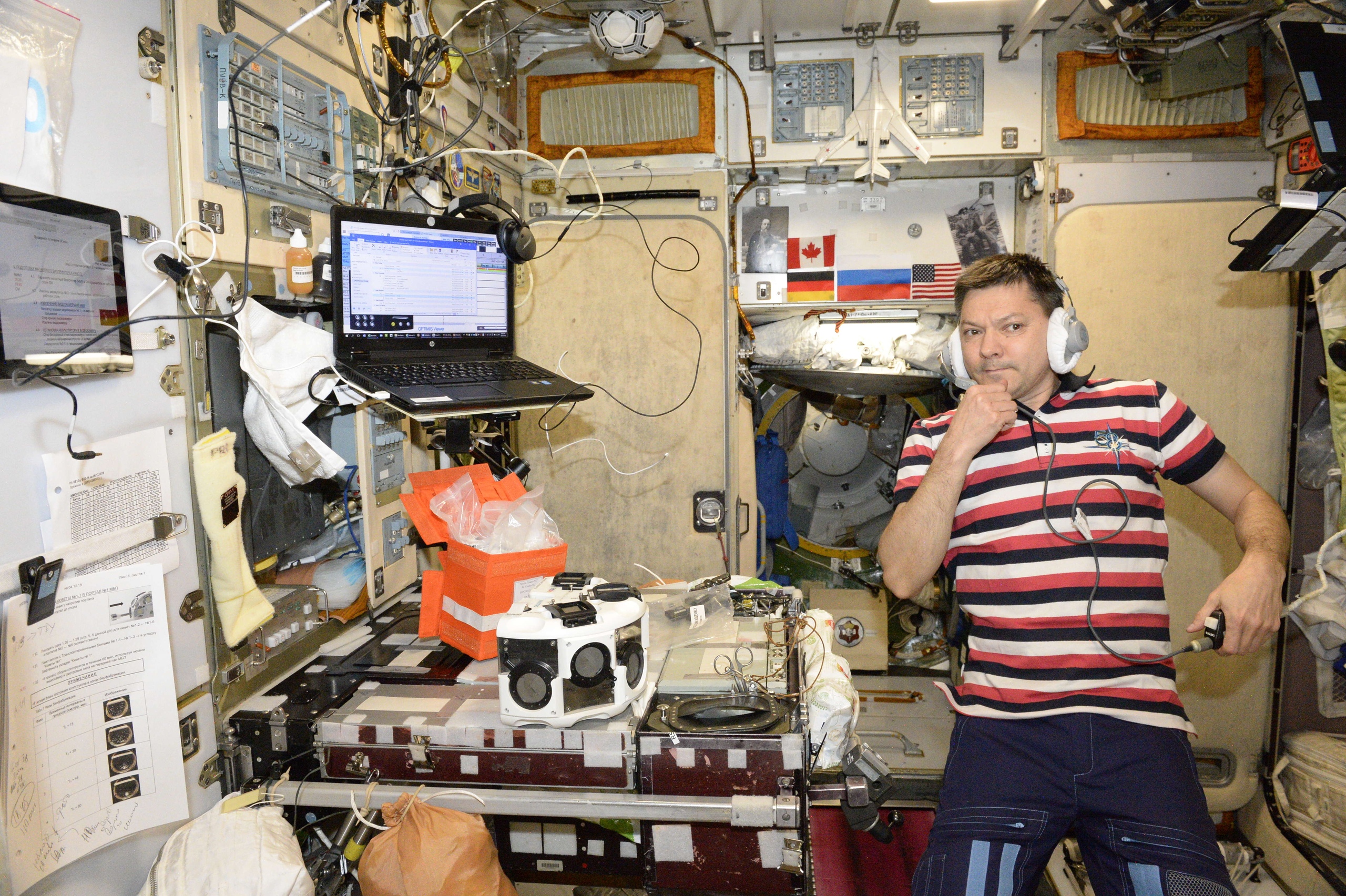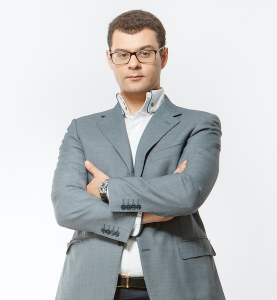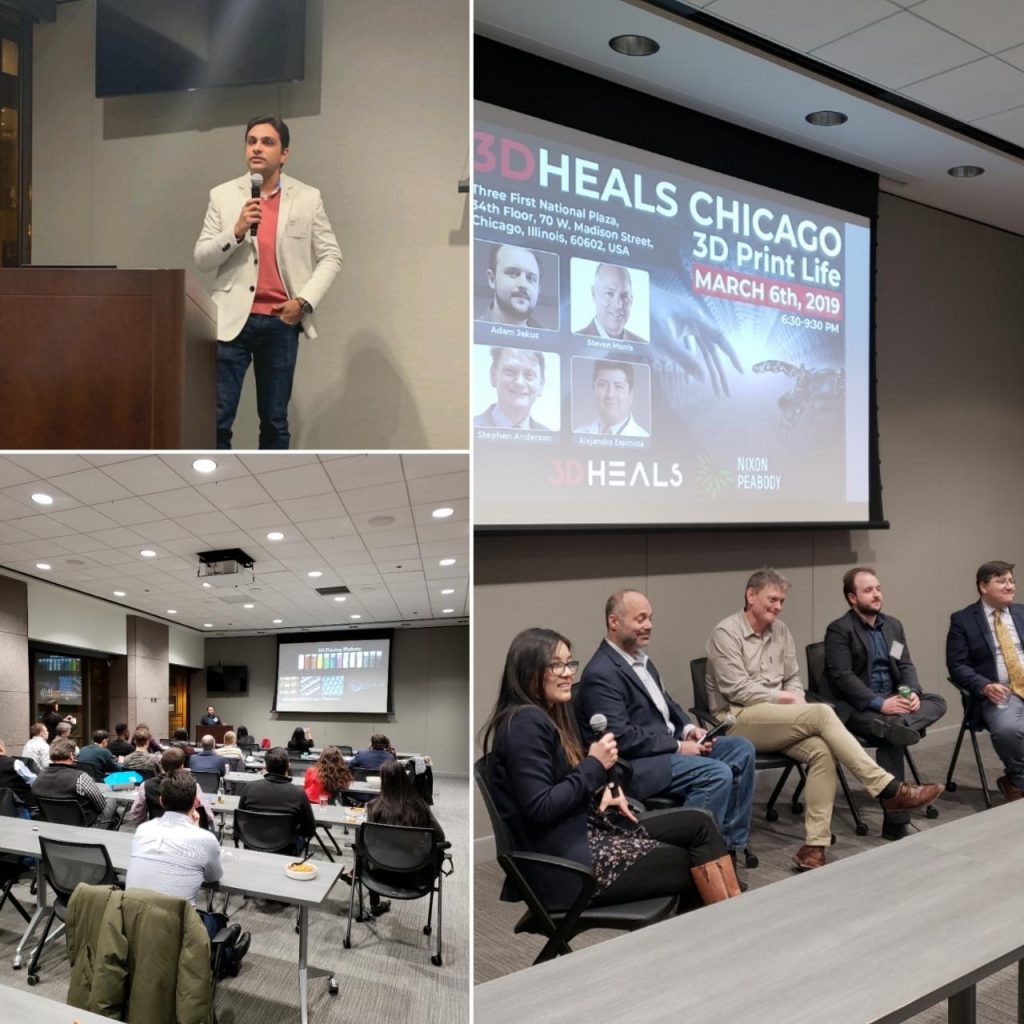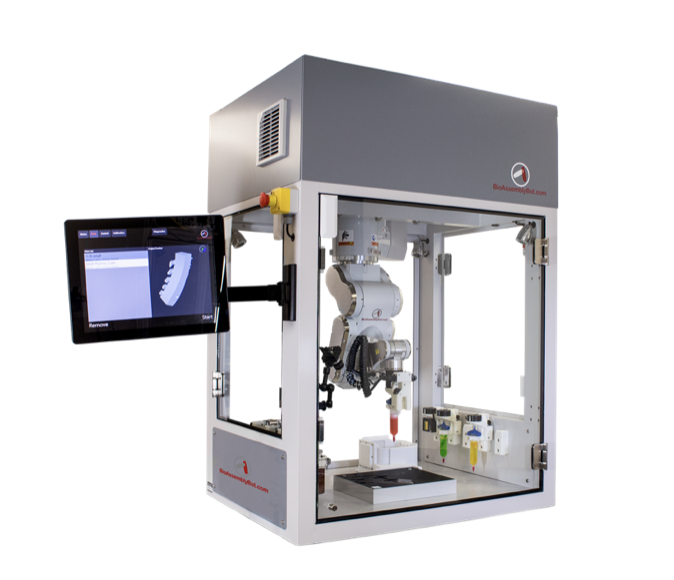In a world eager to solve the problem of rejection in organ transplantation, a young American scientist developed a breakthrough test in 1964 that would help establish the compatibility of tissue types between organ donors and patients in need of transplants. Even though, today, efforts to meet organ transplant demand are shifting toward the field of bioengineering, as researchers search for ways to recreate complex organs with patient-derived cells, the legacy of that scientist, Paul Ichiro Terasaki, continues to inspire discoveries in transplant medicine through his philanthropic ventures.
The Terasaki Institute for Biomedical Innovation (TIBI), a nonprofit research organization established by Terasaki, professor emeritus of surgery at the David Geffen School of Medicine at the University of California Los Angeles (UCLA), will open the doors to a new facility in 2022. The newly-acquired addition will house interdisciplinary research in bioengineering, micro- and nanoscale technologies to enable transformative biomedical innovation as part of continuing research to solve the biggest problems related to organ transplantation and beyond.
Earlier this month, the Terasaki Institute announced the revamping of a building in the Woodland Hills area of the city of Los Angeles. Once home to the Weider Health and Fitness Center, created by bodybuilder and entrepreneur Joe Weider, the two-story building will be custom-designed to house the latest technology in cutting-edge research and will provide 50,000 square feet of floor space for up to 200 employees.
Located just 22 miles north of the original Terasaki Institute facilities in Westwood, the new space devoted to laboratory research will be designed to accommodate multiple teams of scientists, who will be developing bioengineered systems, devices, and other products with several biomedical applications. This new facility will be fully equipped to enable such technologies as tissue engineering and regeneration, biofabrication using 3D printing, nano- and micro-engineering, stem cell engineering, and the creation of human organs on chips.
When the new facility is inaugurated, with the renovation of the building set to begin in fall 2020, it will become the Terasaki Institute’s third research facility. In addition to the ample space and unique design features of the laboratory, the new facility will include in-house technology translation capabilities to be able to build prototypes and scale models of devices engineered by the institute. It will also be able to accommodate meetings, seminars, and conferences to further the education and exchange of ideas among its researchers and collaborators.
“I’m very excited about the addition of the new building to the Terasaki Institute. I believe that this addition will give us needed research space to bring together a number of leading scientists in our efforts to develop the next generation of biomedical innovations,” said Terasaki Institute’s new director and CEO, Ali Khademhosseini. “I’m particularly excited about furthering the great legacy of the Weider family and the building’s history in promoting health and fitness by focusing on individualized cures and diagnostics.”
Previously at Harvard Medical School, the Wyss Institute for Biologically Inspired Engineering, and most recently at UCLA Bioengineering, Khademhosseini has been an influential figure in pushing bioengineering forward. His research in regenerative medicine, tissue engineering, and micro- and nanotechnologies for the treatment of diseases has been related to advancements that allow reprogramming of adult cells to become progenitors, as well as editing genes. The bioengineer has also created a technique that uses a specially adapted 3D printer that could help advance the field of regenerative medicine by making it possible to 3D print complex artificial tissues on demand. He has also established the Khademhosseini Lab, an industry-leading tissue engineering lab that is co-sponsored by both MIT and Harvard and acts as a strategic partner to 3D bioprinting startup BioBots.
Stewart Han, president of the Terasaki Institute, has been working hard overseeing the planning and renovation of the new building: “It is exciting to be able to create a brand-new laboratory and research facility from the ground up, and it will greatly enhance our research capabilities when it’s completed. We also know that the new building will facilitate the future growth of our institute.
Founded in 2001, the Terasaki Institute was made possible through an endowment from the late Paul Terasaki, and it is expected to continue leveraging scientific advancements that enable an understanding of personalized medicine, from the macroscale of human tissues down to the microscale of genes, as well as to create technological solutions for some of the most pressing medical problems of our time.
“The board of the Terasaki Institute is very excited about the purchase of the new building in Woodland Hills, and we look forward to developing it into a world-class biomedical research center,” said board chair and diagnostic radiology specialist Keith Terasaki. “My father, the late Paul I. Terasaki, started the Terasaki Institute in hopes that it will make impactful discoveries in medical research. This new research facility will enable us to do so.”
To the field of transplant surgery, transplant pioneer Paul Terasaki enabled a broad understanding of organ transplant outcomes around the world. More than 70 years after his original discovery, patients still rely on organ donor transplants and the fundamentals of Terasaki’s laboratory developed tissue typing tests are still used today for the determination of transplant compatibility. Nonetheless, the Terasaki Institute envisions a world where personalized medicine is available to all. So, as the researchers at the institute continue to address the challenges that can finally advance the field of organ transplants from human donors to bioengineered artificial organs, they might bridge the gap between sickness and health. With one of the most productive 3D printing researchers as director, Khademhosseini, and a new facility to further explore biofabrication technology, we can expect to hear much more from the Terasaki Institute in years to come.
The post New Facility for Bioengineering Research Opens in Los Angeles appeared first on 3DPrint.com | The Voice of 3D Printing / Additive Manufacturing.


